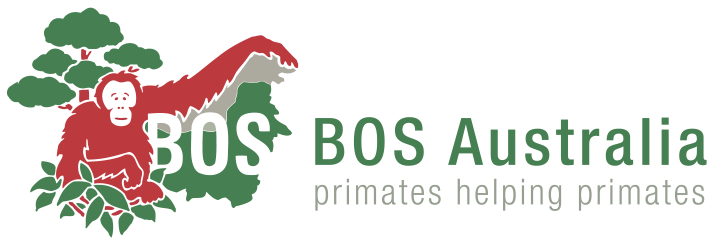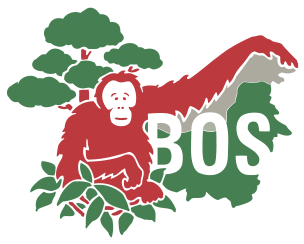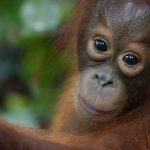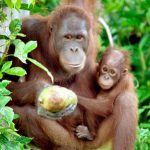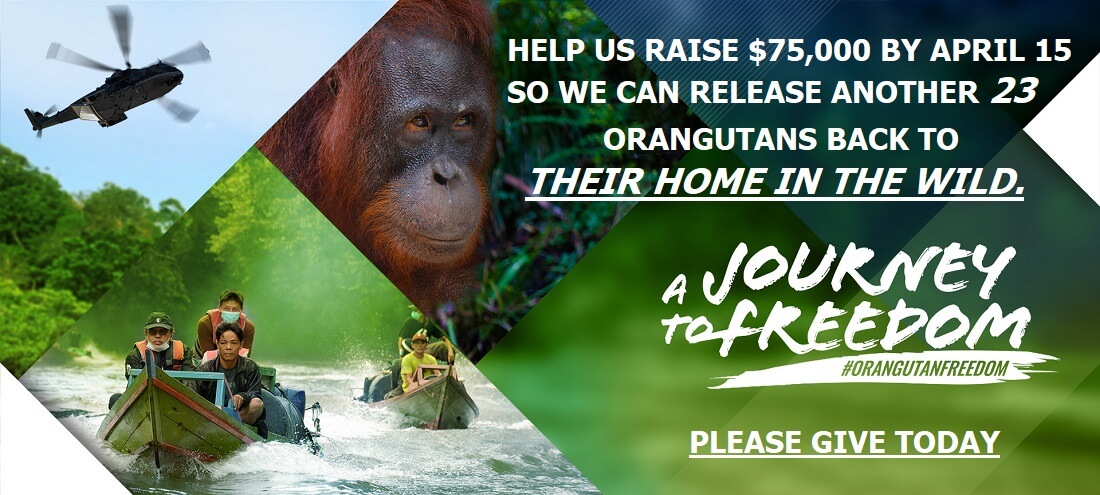Reflections on a year of following and photographing orangutans
National Geographic: Posted by Robert Rodriguez Suro of NG Young Explorers in Explorers Journal on February 3, 2015
Walimah, a female orangutan that lives in the research area of Gunung Palung National Park. This was one of the first orangutans I followed, and one of the ones I most saw throughout the year. (Photo by Robert Rodriguez Suro)
After spending a year studying orangutans with NG Explorer Dr. Cheryl Knott, Robert Rodriguez Suro is returning to Indonesia to commence his own National Geographic Young Explorers Grant project. He’ll be tracking male orangutans outside the borders of research sites in order to discover the true size of their home ranges. Through photos, videos, and written reflections, he’ll be documenting the trials and adventures of living and surviving in the wild, and the wildly interesting cultural behaviors of orangutans.
Leaving Home for the Rain Forest
Soon after graduating from Boston University and saying goodbye to my friends and family, I went to live in the rain forests of Borneo. As evidenced by the fact that Indonesia lies 180 degrees on the other side of the globe from my hometown of Isla Verde, Puerto Rico, I was literally the farthest from home I could go on Earth before I started coming back from the other direction. It was goodbye civilization—everyone thought I was crazy.
I was chasing my dreams of travel and adventure through a great volunteer opportunity offered to me by my university professor, biological anthropologist and fellow NG Explorer Dr. Cheryl Knott.
Through her project, I spent a year of fieldwork at Gunung Palung National Park in West Kalimantan, Indonesia, studying orangutans, the ever-charismatic red ape of Borneo and Sumatra. The journey to the field site was an adventure in itself, requiring multiple plane trips, a ferry ride down the west coast of Borneo, and a 7-hour canoe trek through swampland and into the rain forest. Once there though, I quickly became a fan of the site’s remoteness, the peace of mind in nature I felt there. I had found a home away from home.
My main job was analyzing samples of fruit, leaves, and other food items consumed by orangutans during the days’ follows, as part of Knott’s ongoing research project which studies orangutan nutrition, energetics, and the impact the environment has on their behavior.
My other big responsibility was playing the part of GPS assistant during orangutan behavioral follows, in which we would track an orangutan from the moment it wakes up until it makes its night nest in the evening, and I would record their travel path, marking locations of feeding trees, interesting behaviors, and social interactions throughout the day.
During the follows, I would also try to collect urine from the orangutans, the samples of which would be used to for lab analysis. From the urine, we can take a look at their hormone levels, which tell us about their reproductive states. It can also tell us about their nutrition; for example, we can test for the presenece of compounds like ketones, which tell us they are burning through fat reserves. Catching orangutan urine is a strange and dirty job, but someone’s got to do it.
Identity Crisis, and Learning Some New Skills
After my first few weeks, and realizing how difficult it was to correctly ID orangutans in the field (some of which can look remarkably similar to one another), I decided to branch out and use my photography skills to build up a photo ID database of the orangutans that live in the area.
I would take my camera with me during every orangutan follow, and try to get really good shots of their faces, and any unique features such as scars.
RefAccurately identifying individual orangutans is vital when you are using data obtained from follows to draw comparisons between individuals, and the photo database I helped build was a big boost in confidence that we were making correct ID’s. This being my first experience with wildlife photography, it was certainly challenging at times … but I would be lying if I said that it wasn’t also really damn fun.
By the end of the year, I had gained a lot from the experience. I got to see wild orangutans in their natural habitat and learn about their diet, social behavior, and ranging patterns. I found a new passion in wildlife photography. And I found another home on the other side of the globe. But new questions about orangutan behavior remain to be answered, and I can’t wait to return to Gunung Palung in the coming months to begin my NG Young Explorers Grant project, “The Lives of Orangutans.” More on that soon. Stay tuned!
View full article here
More Ways to Follow Robert
@rrsuro on Instagram
